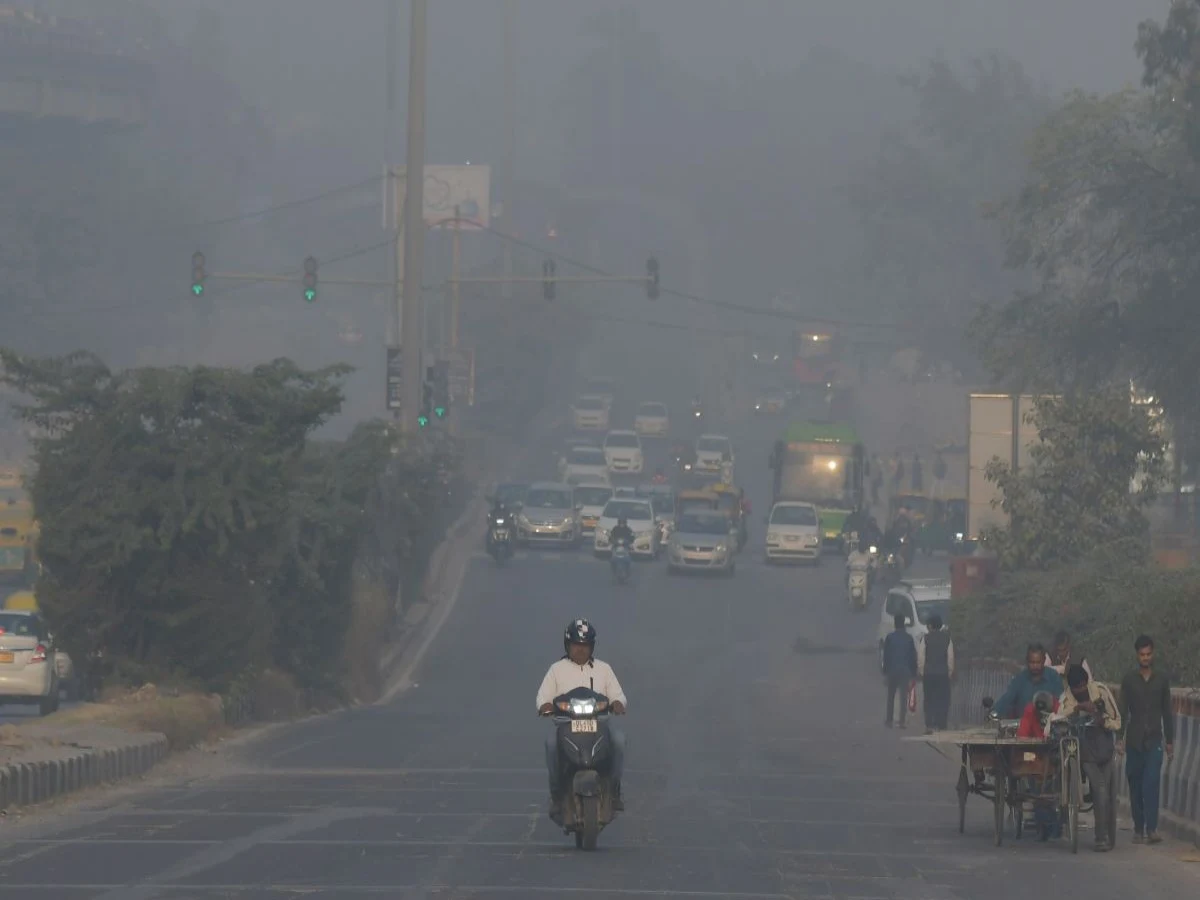The Central Pollution Control Board (CPCB) announced that Delhi’s air quality index (AQI) was ‘bad’ (279) on Saturday afternoon. Seven districts of the national capital had very poor’ air quality. Mundka has an AQI of 374, followed by Bawana (367), Wazirpur (354), Jahangirpuri (346), Dwarka (332), Narela (328), and Rohini (328). Five stations recorded ‘bad’ air quality: Okhla (298), Vivek Vihar (294), Punjabi Bagh (286), R K Puram (271), and Ashok Vihar (266).
On Friday, the average AQI in the capital was 292, just eight points shy of reaching the red color-coded level (extremely poor). The Commission on Air Quality Management (CAQM) in the National Capital Region and surrounding areas triggered Stage 1 of the Graded Response Action Plan (GRAP) on Tuesday after the AQI in the capital dropped dramatically following the Dussehra celebrations.
According to the Indian Institute of Tropical Meteorology, the AQI may worsen further and cross the 300 threshold, entering the ‘ very poor’ category on Sunday. The projection also predicted that the contribution of stubble burning to the degradation of air quality in the national capital will intensify in the following days.
The Indian Agricultural Research Institute reported a total of 2,643 stubble-burning incidences between September 15 and October 18, including 1,348 in Punjab, 627 in Haryana, 657 in Uttar Pradesh, and 11 in Delhi.It stated that 135 incidences of stubble-burning were reported in these states on Friday alone.
However, the Decision Support System (DSS), which identifies local sources of air pollution in Delhi, revealed on Friday that stubble burning accounted for only 1% of the city’s air pollution.
Saturday midday, the predominant pollutant was discovered to be Particulate Matter (PM) 10 in nine pollution hotspots, with levels five times higher than the authorized standard, while PM 2.5 was the major pollutant in four hotspots.

